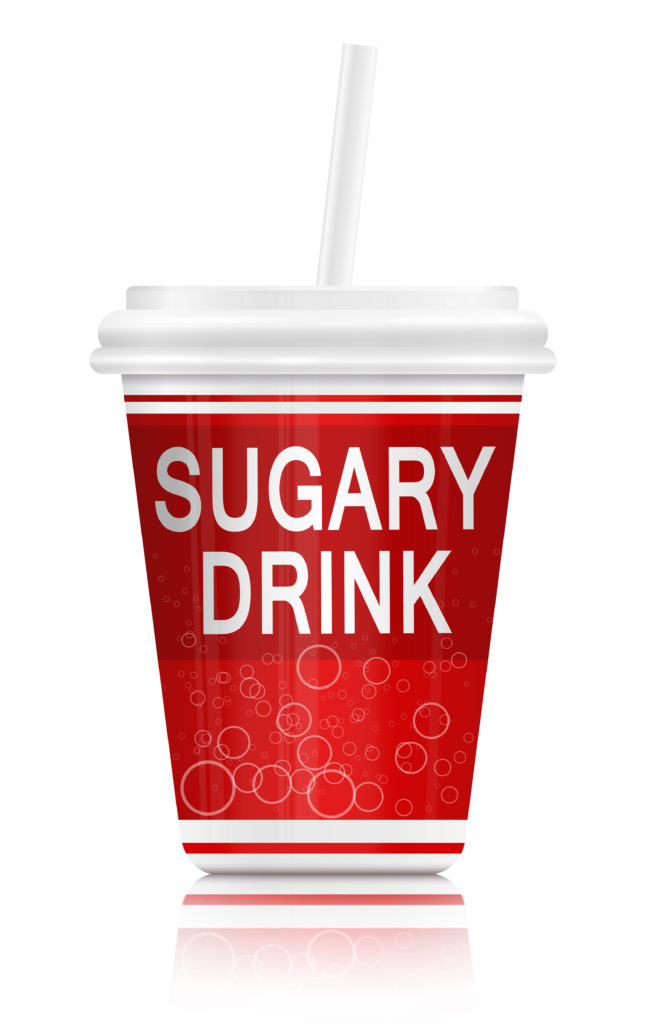
Legislating Good Nutrition: Can Laws Promote Healthier Decisions?
Many health experts believe that limiting portion sizes, providing nutrition information and taxing highly desirable ingredients such as sugar may prove effective for reducing calorie and sugar consumption. However, it remains to be seen if it’s possible to mandate good nutrition.
Former New York City Mayor Michael Bloomberg planned to prohibit the sale of sugary drinks larger than 16 ounces. The ban, which was to go into effect in March 2013, was blocked in court, and there are no immediate plans for its implementation. The matter is under review by the New York State Court of Appeals.
Taxing sugary drinks is another potential calorie-saving tactic that hasn’t yet met with much success in reducing body weight (Fletcher, Frisvold & Tefft 2014). It may take a relatively high tax on sugar as an ingredient to produce a broader effect on calorie and sugar consumption. It’s estimated that levying a 20% tax on sugar would reduce calories by 18% and lower sugar intake by 16% (Harding & Lovenheim 2014). Taxing sugar as an ingredient would drive up the cost, not only of sugary drinks, but also of products like cookies, candy and ice cream; as a result, consumers would presumably eat less of these relatively caloric items, which may also be high in fat and sodium.
As for restaurants, more than 20 states and localities have adopted menu-labeling regulations for chain restaurants, usually in the form of calorie information at the point of purchase. While information in cafeterias and restaurants increases awareness about nutrition, it appears to influence ordering habits only among certain groups, such as women who are already closely monitoring their diets (Krieger & Saelens 2013).
It’s unclear if predetermined portions, food taxes and point-of-sale nutrition information will make a difference in food intake. Factors other than nutritional and health concerns—including taste, price and convenience—may shape choices to a greater extent than nutrition (Krieger & Saelens 2013).
To read the full article which was published in the July-August 2014 issue of IDEA Fitness Journal click here.